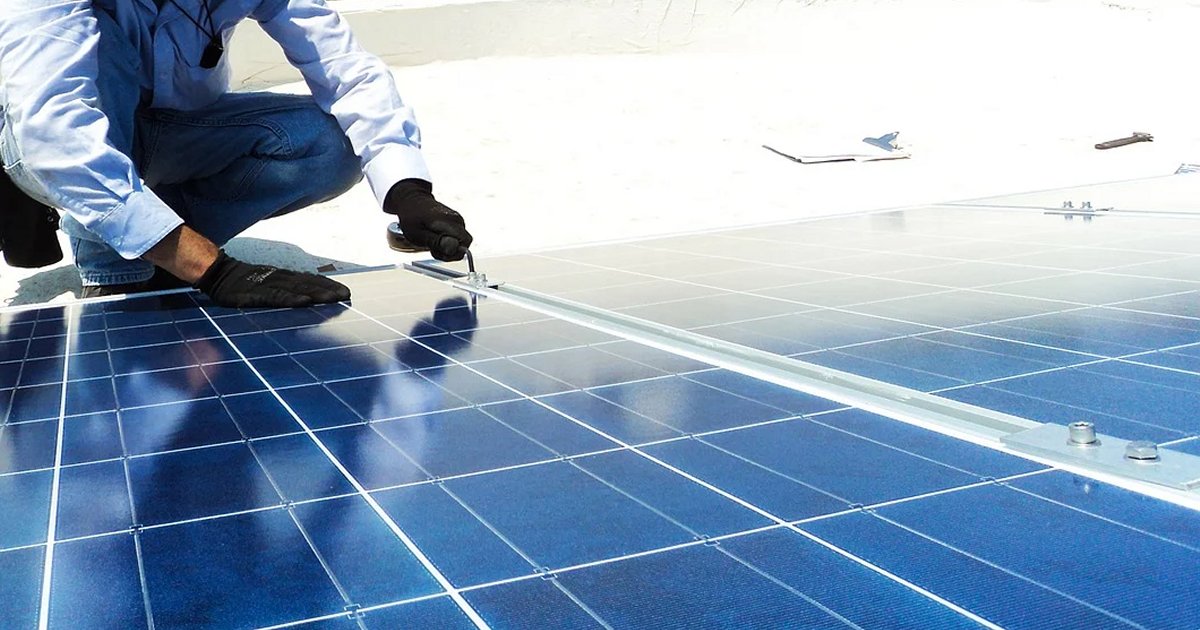The best time to buy a solar power system is usually right now; and perhaps even more so currently. Here’s why.
The primary reason is very simple:
The longer you put off getting solar panels installed, the longer you’re locking your household or business into electricity bills much higher than they could otherwise be.
Putting off an installation could translate to hundreds of dollars every month and over six months, thousands of dollars, going into the pockets of electricity retailers instead of staying in your own.
Currently, there are other reasons why installing a system now can be a really good idea.
Solar Panel Supply Issues
Last week, we reported on leading solar panel manufacturers in China again warning on rising costs for materials and shipping, with an energy crisis in China further complicating the situation and impacting production.
While the Chinese government has taken some action on this, it will be a little while before that kicks in. The way the situation has evolved is putting some solar installers in Australia in a very difficult position.
With regard to rising cost of materials, the polysilicon spot price as at this morning was US$35.28 per kg – up 20% in just a week.
Solar panels weigh around 21kg and while silicon only makes up around 550g of a panel’s weight (or a bit over 1kg with wastage taken into account), it all adds up; particularly with other materials challenges including glass.
The situation won’t last forever and as well as the Chinese government working on sorting out energy supply issues, there is a bunch of new glass and polysilicon production capacity in the pipeline. China isn’t the only country in the world that produces panels, but materials supply and shipping issues are impacting other countries as well. As mentioned last week, the situation could provide a good opportunity for local panel manufacturer Tindo Solar.
As to how long the current challenges will persist isn’t clear – and then the first reason mentioned above for going solar sooner rather than later comes into play.
Rebate Reduction On The Horizon
At the start of 2022, Australia’s “solar rebate” will again be reduced. The rebate shouldn’t be confused with feed-in tariffs, which are payments/credits solar system owners receive for the surplus electricity they export to the mains grid after the system is installed.
In practice an up-front subsidy, the “rebate” is based on virtual bits of paper called Small-scale Technology Certificates – STCs. The number of certificates an eligible system receives is based on the size of the system (solar panel capacity), where in Australia it is installed and the installation date. The value of these certificates fluctuates with market conditions.
Given installation date rather than purchase date can play a role in the amount of subsidy, it won’t be long before some solar installers will start quoting based on an installation occurring early next year – meaning the reduced rebate will be taken into account in quotes.
At this point in time, the good news is STC values remain high – the latest spot price I’ve seen for certificates was $39.20 each on Tuesday. Bear in mind installers will generally offer $2-3 less than spot price to cover the administrative cost of trading the certificates.
You can find out how many STCs a system installed in your location would be entitled to and estimate the amount of subsidy using the SolarQuotes STC calculator – it’s one of the many useful solar calculators and tools here on SQ.
You can also use the calculator to see what the difference in subsidy may be for an installation this year compared to next – for example, on an 8kW system installed in Adelaide the subsidy could work out to be around $400 less in 2022 than in 2021.
What If I Can’t Go Solar Right Now?
It’s really important not to let fear of missing out or pressure from unscrupulous operators offering dodgy finance deals and/or poor quality systems lead to a poor purchase decision.
Even if the cost of solar systems do go up significantly temporarily, it will still be a solid investment and again, the first reason for going solar sooner rather than later comes into play. But make an informed decision, not a rushed one.
If you’re not quite ready to pull the trigger on a purchase, use the time to research and better understand how to buy solar well so when the time is right for you, you’ll make a decision that will maximise returns and provide a headache-free solar power experience.


 RSS - Posts
RSS - Posts



Good evening, Michael
Your articles of information are interesting & appreciated – thank you.
Hail storms have caused extensive roof damage in many areas.
Would you be able to provide any info/suggestions regarding insurance & hail damage to solar panels & equipment?
Kind regards
John